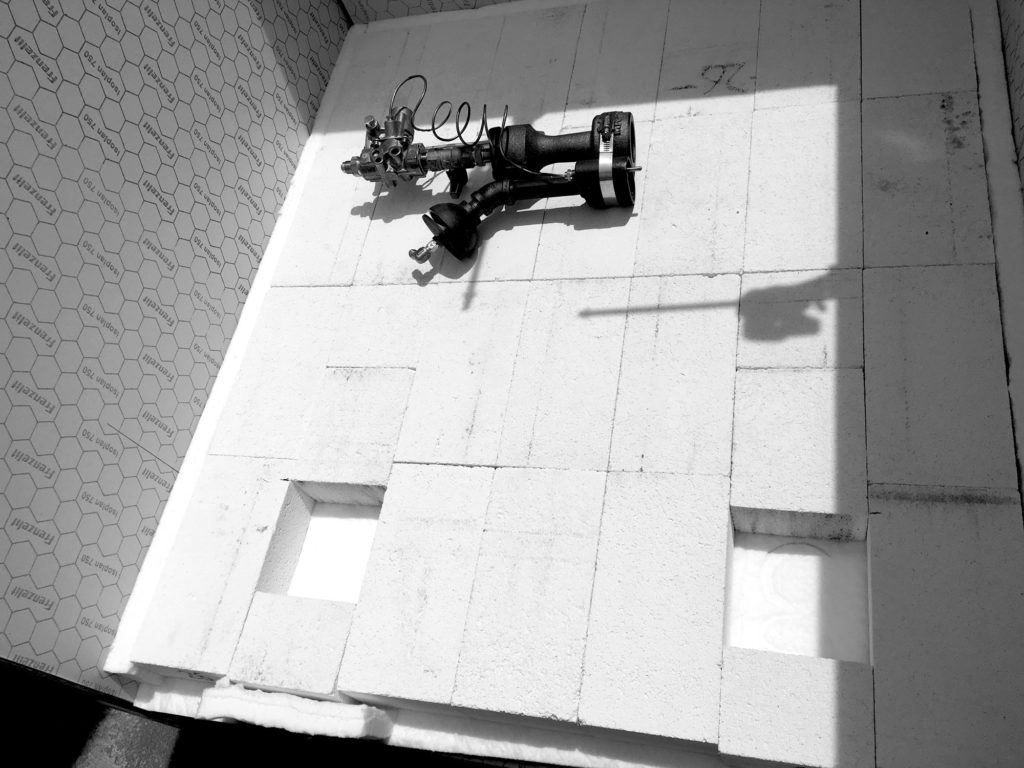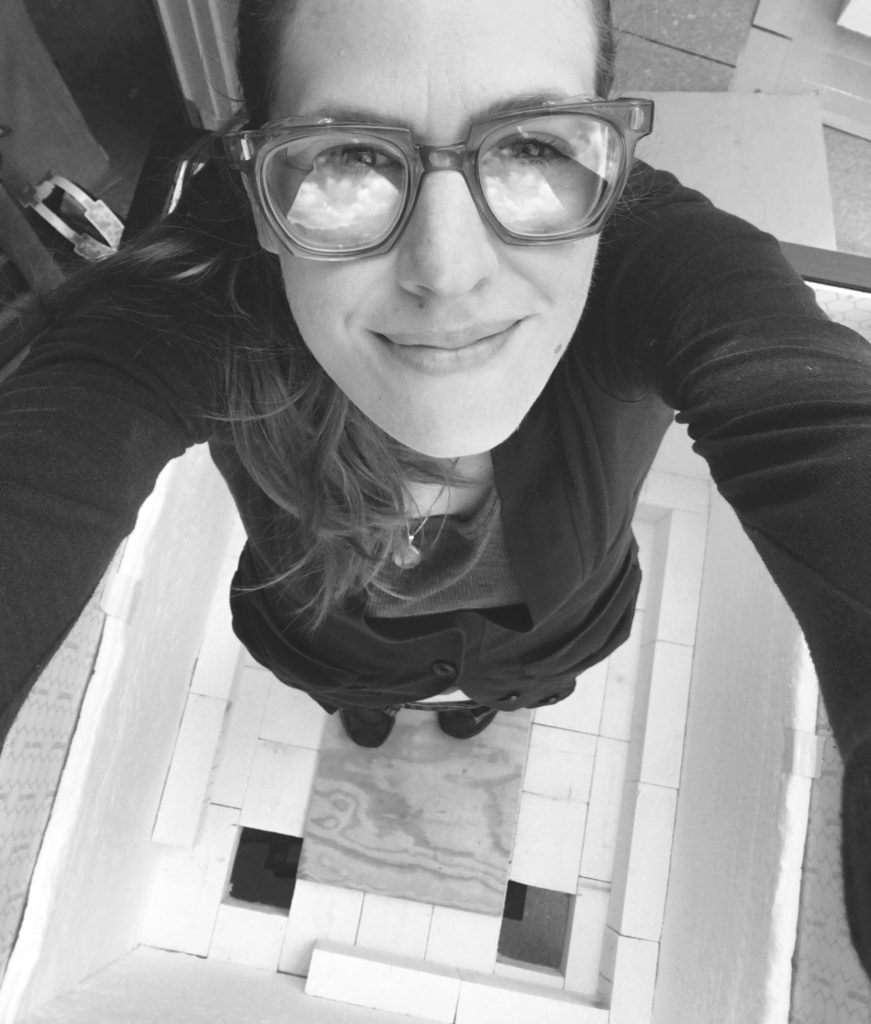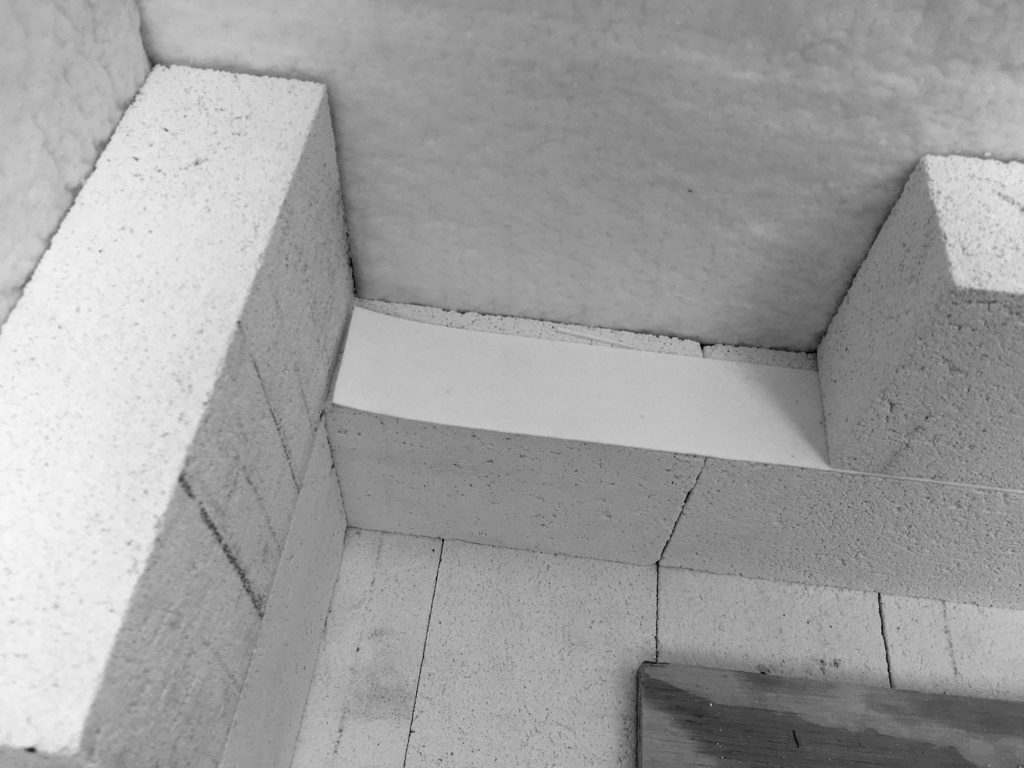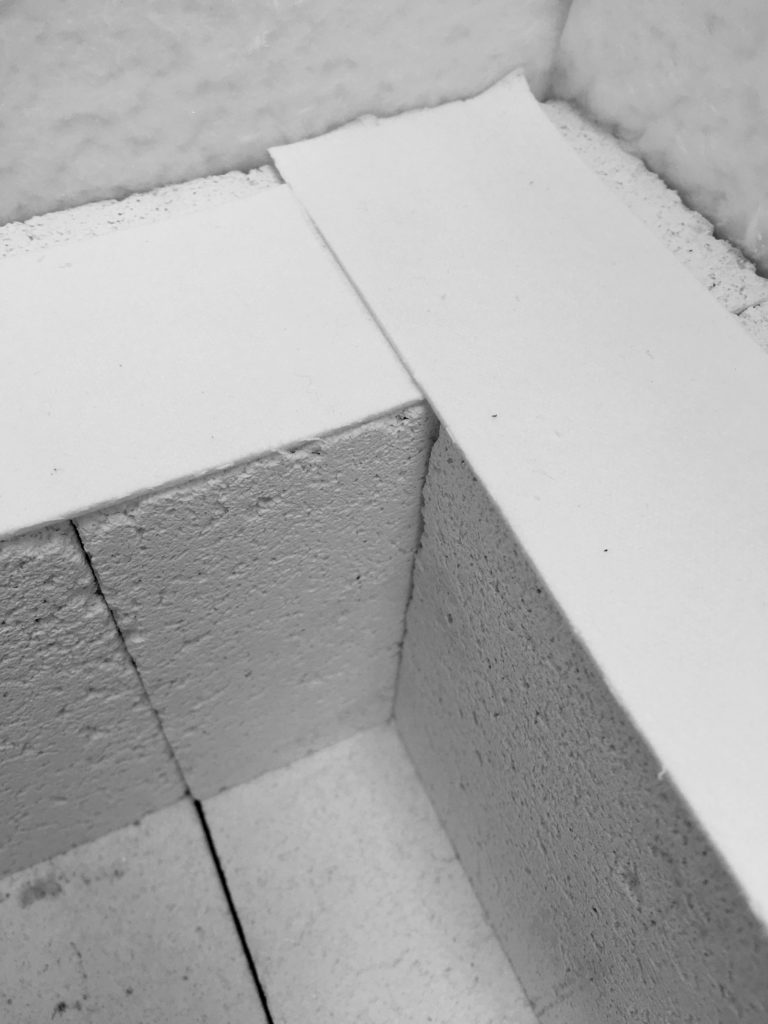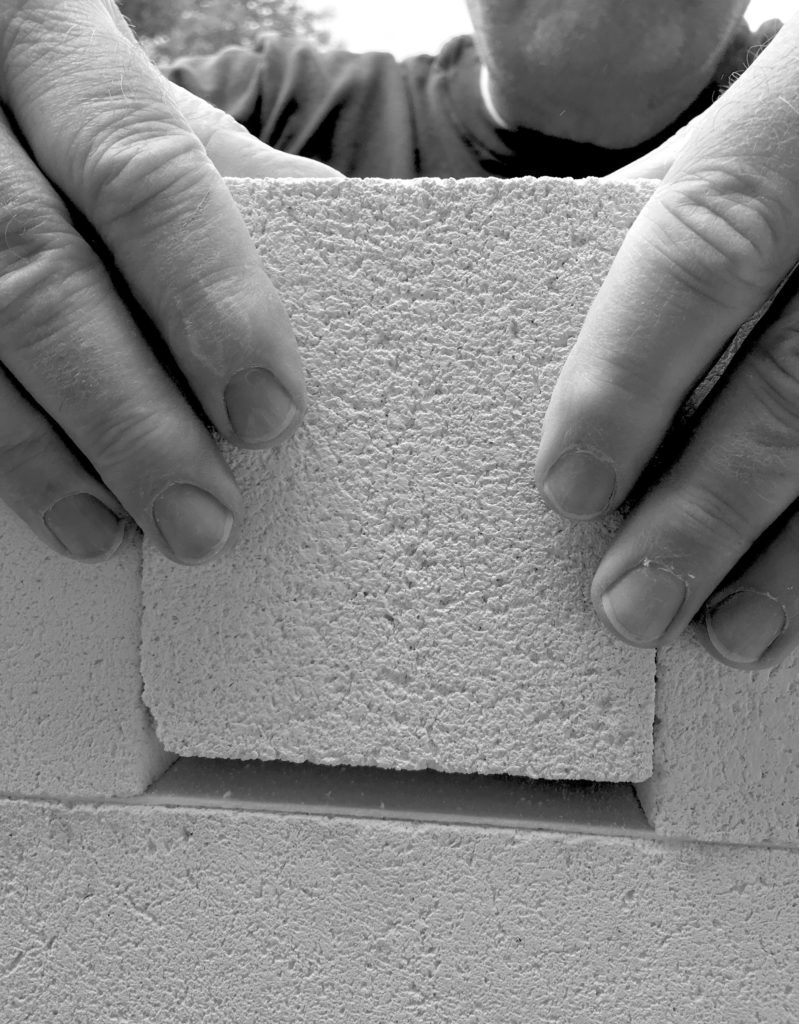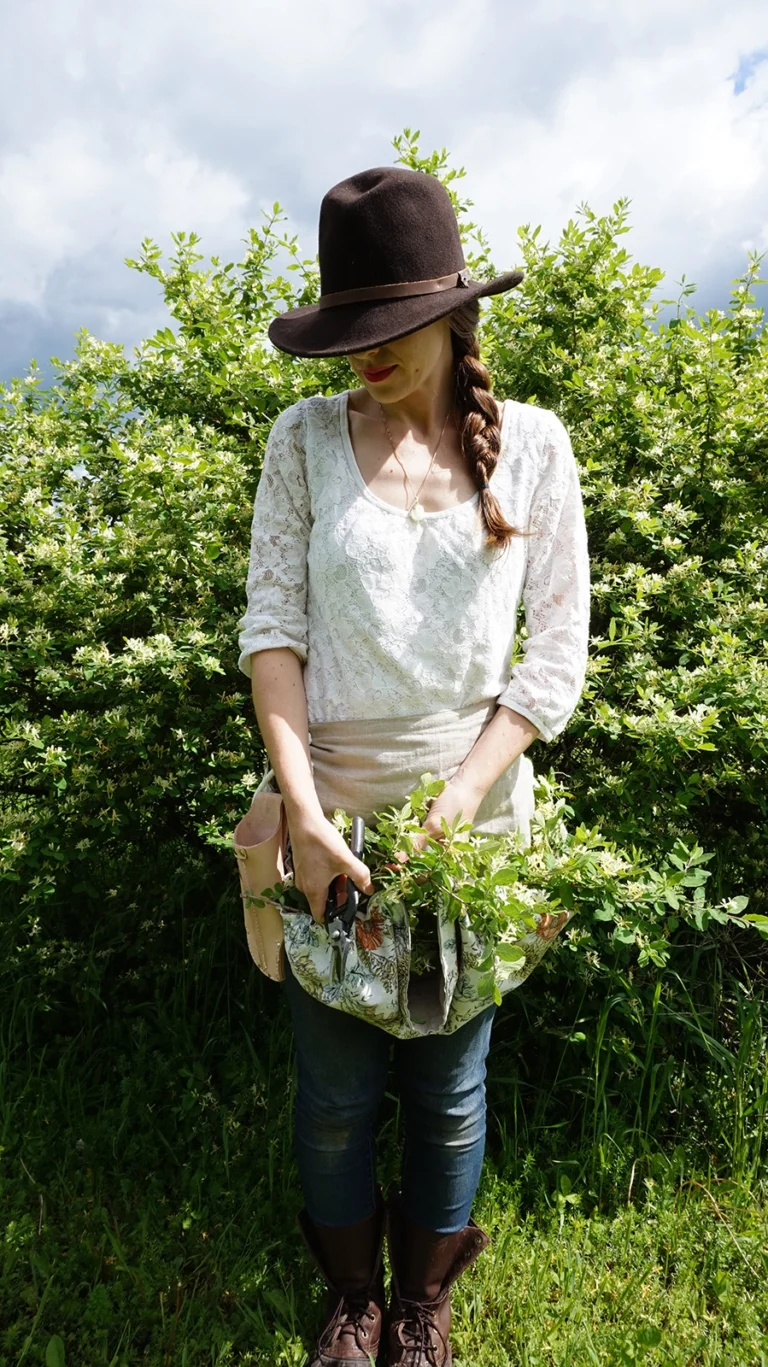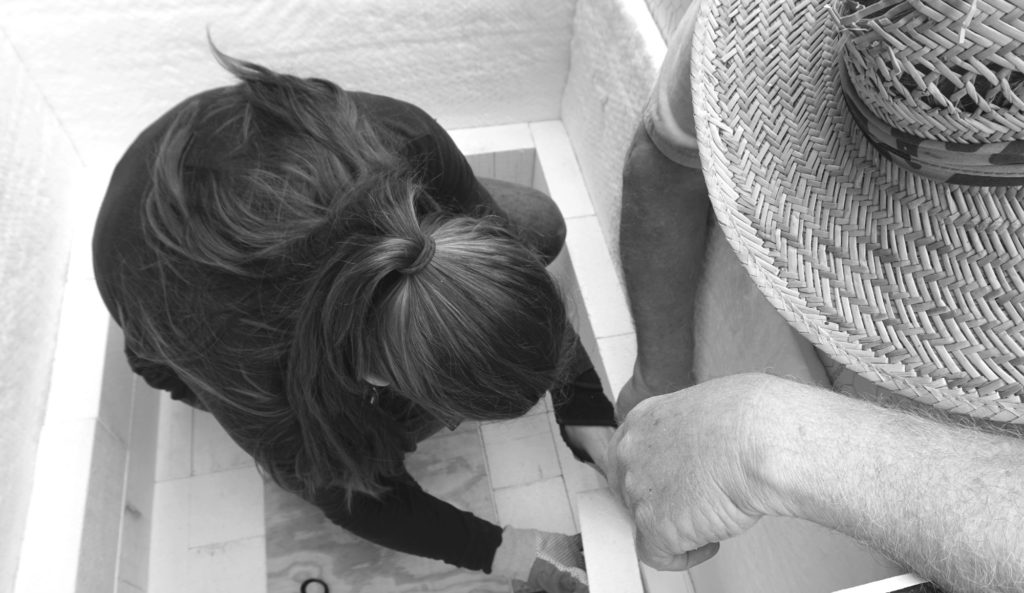
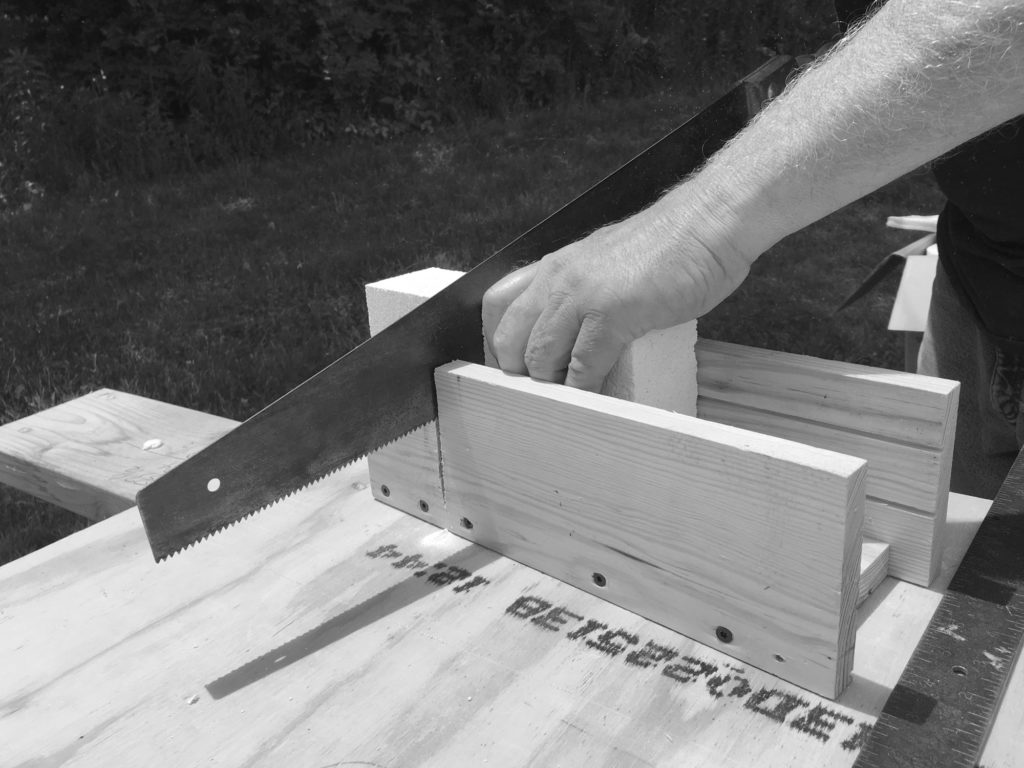
“
Refractory bricks are used for things like pizza ovens, fireplaces, bricks around your furnaces and for this instance, very high fire kilns. Since I really felt I’d be making primarily functional ware and with as much sustainable firing methods as possible, I opted for firebrick aimed at the range of Cone 6-8 but with the flexibility of reaching Cone 10. Soft bricks were advantage for the best insulation. And though soft brick cost more, they are easier to cut (big advantage there!) and easier to replace and patch in the system my Dad designed. Truly, this project was all in his mind with knowledge about pressure I would need an engineering degree to understand. Luckily, I have one in-house.
The soft bricks are about 1/3 the weight of a typical clay bricks. Its advantage is in its portability. Since this is a kiln that will be wheeled out of an enclosure, that weight savings is awesome for me.
The mortar is lain in the form of tape rather than a fresh, wet mixture that truly could be disassembled easily if I ever needed to do that.
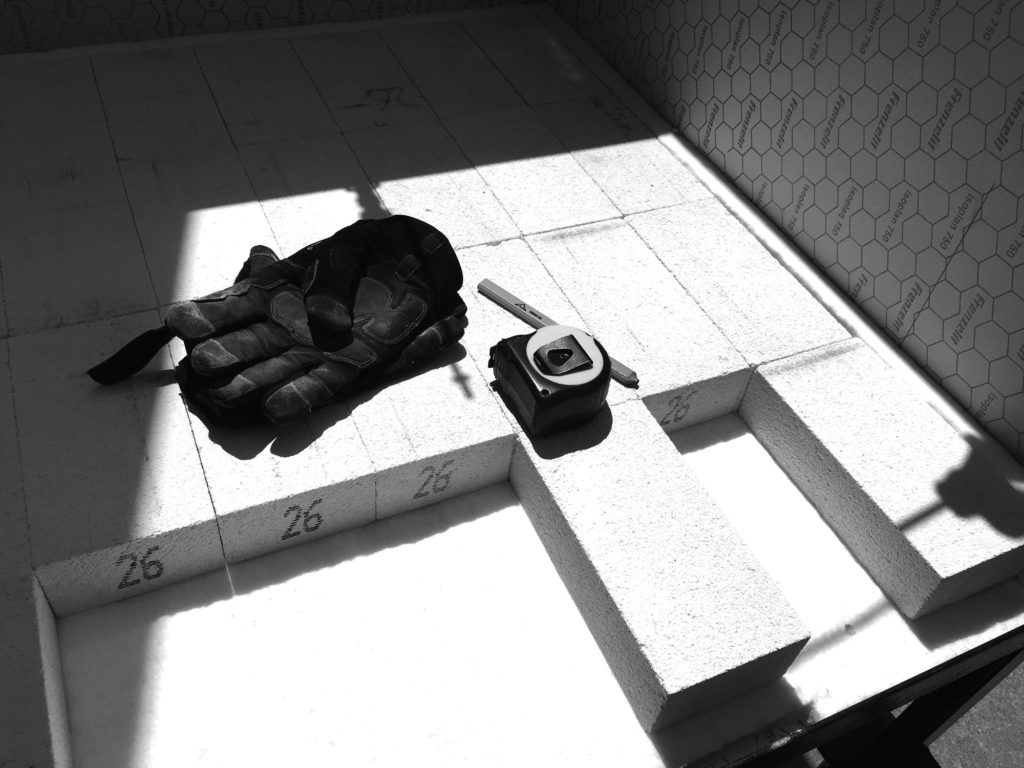
I received some flak that the numbers should be facing in the right direction. I thought a left-brain like my father would understand. This is where we often argue over form and function. “Dad, I can’t help it, I’m a designer!”
